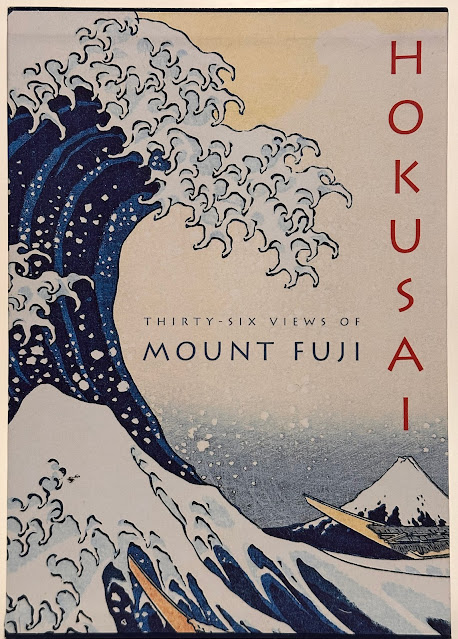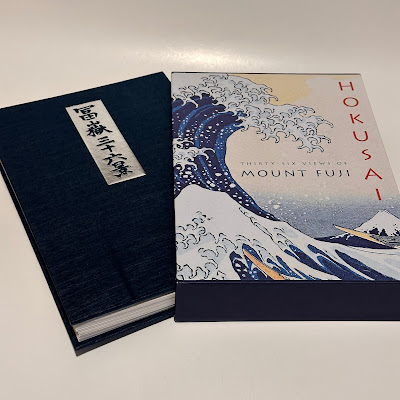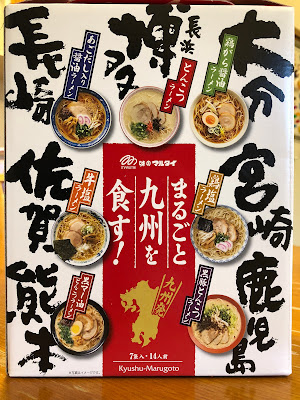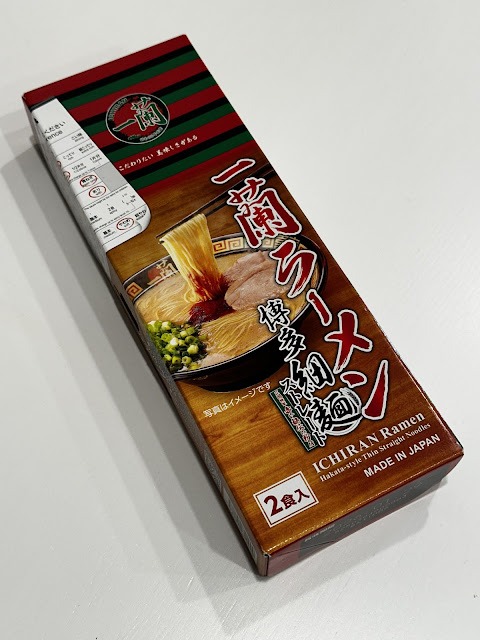My Brief Review of the Art Book "Hokusai Thirty-Six Views of Mt. Fuji" from Prestel
I've always liked Hokusai's ukiyo-e paintings / woodblock prints. They have an amazing beauty about them with dynamic lines and depictions of people and landscapes. We mostly know about Hokusai from his woodblock prints that survive to the present and I even went to visit the Hokusai Museum in Tokyo on one of my trips. A whole museum dedicated to the man and his works in Sumida under the shadow of the Tokyo Skytree! After that visit I picked up the art book "Hokusai Thirty-Six Views of Mount Fuji" by Prestel Press published in 2019 (ISBN-10 : 3791386077). Reading this book is kind of like seeing his prints in the Hokusai Museum which I blogged about here.
"Hokusai Thirty-Six Views of Mount Fuji" is a very cool art book that has a traditional kind of Japanese style book binding called orihon. This is a precursor to modern binding where it is one really long sheet of thick paper folded accordion style between two covers. Each of the prints in the book occupies two sheets, one fold. If you unfolded it completely it would probably be 50 feet long. The prints themselves are of good quality with clean detail and bright colours (no eye popping colour - but actual print colour).
The prints seem to be almost one to one scale with the original prints and the whole book is just the prints for you to enjoy. Some people might find this plain, but it presents the prints clearly with no clutter so you get the full impact. Read it on a table and it is like looking at a picture on a wall in a gallery.
This is one of the most interesting books by design on my bookshelf and it comes in a nice slipcase along with a details booklet describing the history and details about the prints. For more information about the 36 views, I have the Wikipedia article linked here.
 |
| Hokusai Museum in Tokyo |
 |
| "Red Fuji," one of the 36 views of Mt. Fuji at the museum. The actual prints are not big and I think the prints in the book are close to actual size if they aren't actual size. |
About Hokusai and the Art Book
The legendary ukiyo-e artist Katsushika Hokusai lived in the early 19th century, during Japan's Edo period. Born in 1760, Hokusai's artistic journey was as dynamic as the waves he so masterfully depicted in one of his most famous works. Over the years, he became a master of various traditional Japanese art forms, from woodblock printing to ukiyo-e paintings. But it was his insatiable curiosity and relentless desire to improve that set him apart from his peers.
His most famous series, "Thirty-Six Views of Mount Fuji," showcases not only the majestic mountain but also the diverse landscapes and scenes surrounding it. He was 70 when the first prints released in 1830. It was an ambitious project at a time in life that most people would be retired. Why stop at one view when you can have thirty-six or actually forty-six? Hokusai decided to add 10 more prints to the series in 1831.
 |
| Front of the slip case for the Thirty-Six Views book. It shows the famous Great Wave Off Kanagawa. |
Mount Fuji's graceful, volcanic silhouette, served as both muse and
metaphor for the artist, symbolizing the immovable force of nature amid
the transient human existence of the Edo era. The "Thirty-Six Views of
Mount Fuji" series of woodblock prints were produced between 1830 and
1832. These prints were a journey through landscapes, seasons, and
imaginative scenes, each showcasing the majestic Mount Fuji in a
different light. From the iconic "The Great Wave Off Kanagawa" to the
serene "South Wind, Clear Sky," Hokusai's prints became an instant hit,
attracting admirers from all walks of life.
 |
| The art book is plain, with a Japanese title and fits neatly into the well built cardboard slipcase. |
Hokusai's prints were
not just landscapes; they were windows into a world where nature and
humanity coexisted harmoniously. From the iconic "The Great Wave Off
Kanagawa" to the serene "Red Fuji," each print painted a vivid picture
of life around Japan's beloved peak. Hokusai, with his keen eye and
playful spirit, managed to infuse each scene with a delightful touch,
making his works accessible to a broad audience.
As the years
rolled on, so did the success of the "Thirty-Six Views of Mount Fuji."
The prints found their way into the homes of the common folk and the
elite alike, turning Mount Fuji into a national symbol and Hokusai into a
household name. It's said that even the great Vincent van Gogh was
inspired by Hokusai's works, proving that creativity transcends borders.
 |
| Another view of the accordion folded pages of the book. It lays flat easily as there is no spine! This is a book you want to read on a flat surface to support it as it is floppy otherwise. |
Anyhow, this "Thirty-Six Views of Mt. Fuji" art book is one of my favourite art books in my collection and I flip through it every so often for inspiration. I was actually inspired by ukiyo-e art to write a time travel story about a fictitious ukiyo-e artist for my travel guide to Tokyo. The story is on this blog and is linked below if you are interested. I think it is quite good with Japanese myth and culture infused throughout it.
Print in TimeAn Edo period ukiyo-e artist finds himself out of his own time.
Urban Fantasy, Time Travel, Ukyio-e Prints
Follow me on Twitter or Instagram at @Tostzilla or my feedburner.
More snacks, ramen and Japanese pop culture.














Comments
Post a Comment